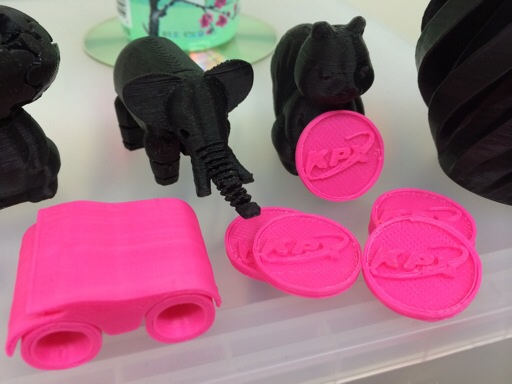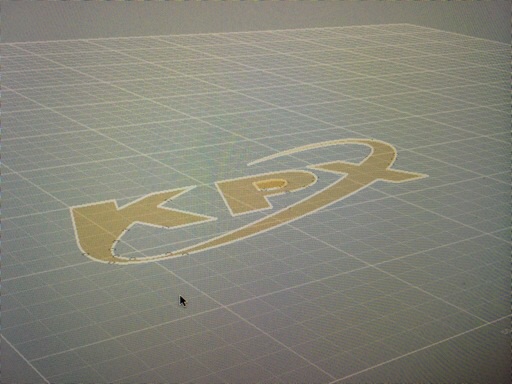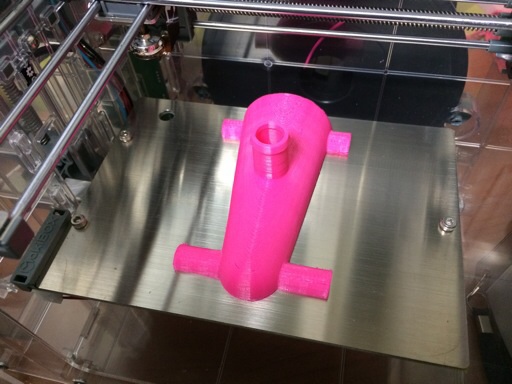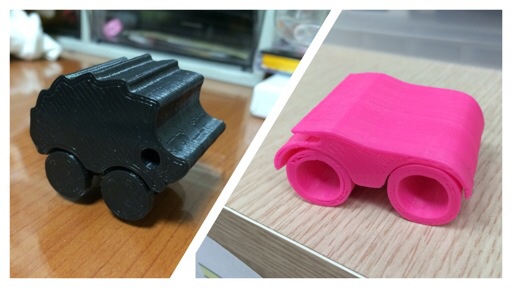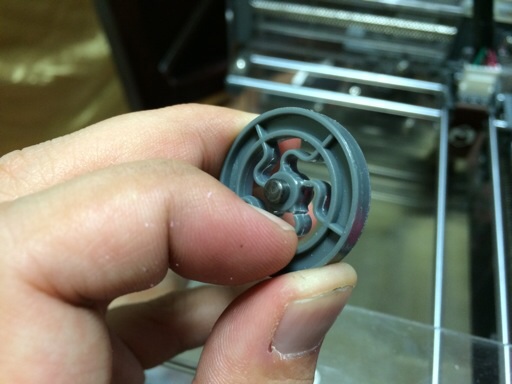Recreating Elsa's crown from "Frozen"
Posted by Wesley on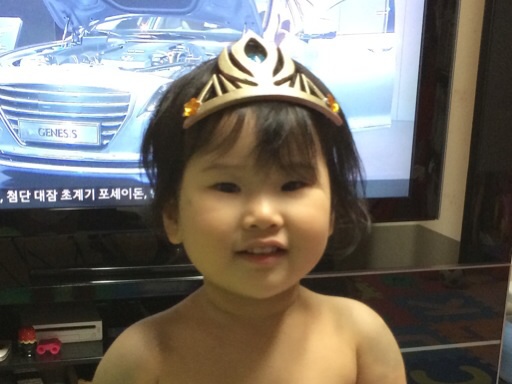
Hayun wears the completed Elsa's crown
It's safe to say at this point that Disney's feature-length animation "Frozen" is a big success. Even my daughters have become big fans - watching both the subtitled and dubbed versions, reading the story book, memorizing the theme song "Let It Go", and so on. So when I was looking around for something to print in 3D, a version of Elsa's tiara crown immediataly caught my eyes. Although short-lived, this was one of the most memorable items in the movie.
Unlike most of the 3D-printed objects I made so far, the printing was only the first step for making the crown. It would have to be worn on the head, needing more work. To find out how it went, read on.
